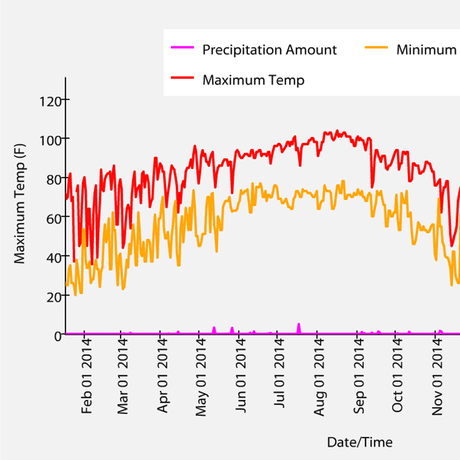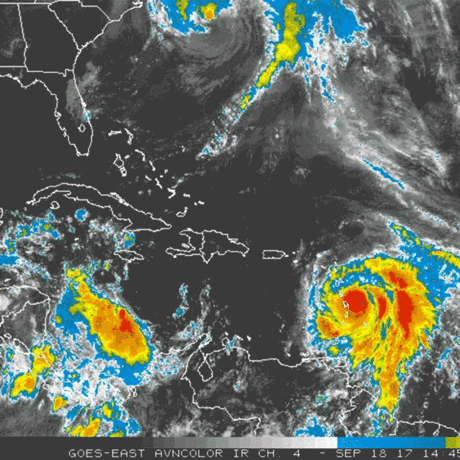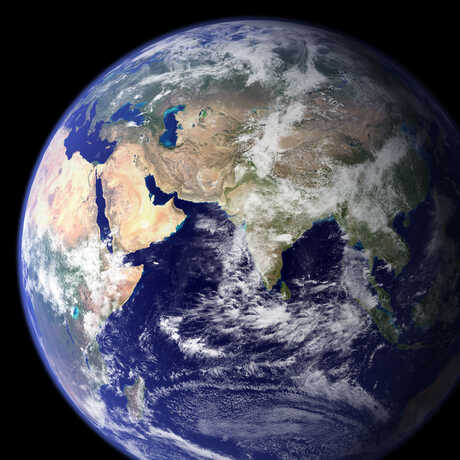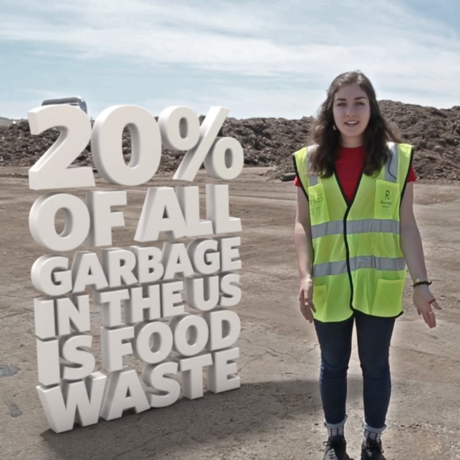What's the difference between weather and climate? Climate scientists and meteorologists open up about how they collect and analyze data to keep us safe now and in the future.
About This Video
Grade level: 6-10
Length: 6 minutes
Next Generation Science Standards: ESS2.D, ESS3.D, Analyzing and Interpreting Data, Using Models, Obtaining, Evaluating, and Communicating Information, Patterns, Systems and System Models
Video Discussion Questions
- How would you describe the difference between weather and climate in your own words?
- What is a meteorologist, and what do they study? What kinds of data do they use, and what do they use to collect these data?
- Why is understanding weather and making accurate weather forecasts important?
- What do climate scientists study? What kinds of data do they use? How do they collect these data?
- How can understanding ice sheets help us make predictions about potential future impacts of climate change?
- What are king tides, and why might it be important to understand their impacts on the coastline?
- How are climate scientists and meteorologists similar? How are they different?
Weather and Climate Data Exploration

Weather is the mix of events that happen each day in our atmosphere. The average weather pattern in a place over several decades is called climate.
Weather and Climate Data Exploration
In this activity for grades 6-12, students will explore the relationship between weather and climate by graphing weather temperature data and comparing with climate averages. By contrasting weather with climate, students will come to understand that weather is highly variable day-to-day, and climate is not.
This activity was developed by Lisa Gardiner at the UCAR Center for Science Education utilizing data from The Weather Channel and based on activities from UCAR Climate Discovery and Project LEARN.
Image credit: NASA
Hurricanes and Climate

Hurricanes are huge storms that form over warm tropical ocean waters. When warm ocean water evaporates, the resulting warm moist air near the ocean's surface will rise upward in the atmosphere creating a low pressure system below. Air from the surrounding area swirls in to fill this low pressure system, and with enough heat energy, this system of swirling wind and clouds can grow into a hurricane.
Because of this relationship between hurricanes and warm ocean and air temperatures, scientists suspect—and there is growing evidence to support—that the strength and length of hurricanes could increase with increasing ocean and air temperatures due to climate change.
Is Climate Change Affecting Hurricanes?
In this activity for grades 5-9, students will investigate maps and data to learn about the connections between hurricanes and climate, places where hurricanes form and how climate change may be affecting their strength. Do different regions have varying numbers of hurricanes, and has this changed in recent decades as the Earth has warmed?
This activity was created by Lisa Gardiner for Spark UCAR Science Education.
GIF: Modified from NOAA National Hurricane Center
More Weather and Climate Resources

National Weather Service Satellite Images
What's the weather like where you live? Observe the latest weather conditions all over North America with these NOAA geostationary satellite images, generated every 30 minutes.
Smithsonian Weather Lab
What happens when ocean currents and air masses interact? Find out in Weather Lab, and interactive tool to help visualize how North America's weather is formed.
STORM Project OER Collection
Explore this set of meteorology lab activities developed for middle and high school students by NOAA and the University of Northern Iowa.
Next Generation Climate for Grades 6-8
Next Generation Climate is a six lesson, interdisciplinary, middle school climate change curriculum that has students investigate the cause of the global temperature change, research the major repercussions of climate change, and find out how they can monitor and minimize those repercussions.
Image credit: NASA
Exploring Energy: About This Unit
Energy is an important part of our everyday lives. We use energy to cook, get around, and send emails. In this unit, we'll explore the issues associated with fossil fuels and how people are coming up with innovative sustainable energy alternatives for a brighter future.
Browse All Materials:
- Video: What's the Deal With Fossil Fuels?
- Video: Buses and Biofuels: Sustainable Transportation
- Video: Renewable Energy: Clean Tech Solutions
- Video: Renewable Energy: Powered by Poop
- Video: Nuclear Energy: Is Fission the Future?
- Activity: Nuclear Energy: What's Your Reaction?
- Video: Your Digital Footprint: Data and Energy Use
- Supplemental Video: The Chemistry of Clothes
- Supplemental Video: How To Measure a Changing Climate
- Supplemental Video: The Climate is Changing but How's the Weather? [you are here]
Connections to the Next Generation Science Standards
While this video doesn't necessarily cover the following standards in depth, it is a compelling resource you can use to supplement your curriculum that does.
Disciplinary Core Ideas (Grades 6-8)
ESS2.D: Weather and Climate
ESS3.D: Global Climate Change
Science and Engineering Practices (Grades 6-8)
Analyzing and Interpreting Data
Using Models
Obtaining, Evaluating, and Communicating Information
Crosscutting Concepts (Grades 6-8)
Patterns
Systems and System Models
Additional Resources
Lesson Plan: Global Climate Change and Sea Level Rise (Grades 5-8)
Do sea levels rise when ice melts? Does it matter whether the ice is on land or in the ocean? In This lesson from the California Academy of Sciences, students will design an experiment to find out.
Video: Why Do We Have Different Seasons?
Did you know that the Sun’s light shines differently on Earth at different times of the year? In this visualization watch as the Earth orbits the Sun, rotating, like a slightly tilted, spinning top. This rotation changes the angle at which sunlight hits the surface of our planet, creating the different seasons we experience here on Earth. Can you see how sunlight at different times of the year changes the productivity of life on land and in our oceans?

